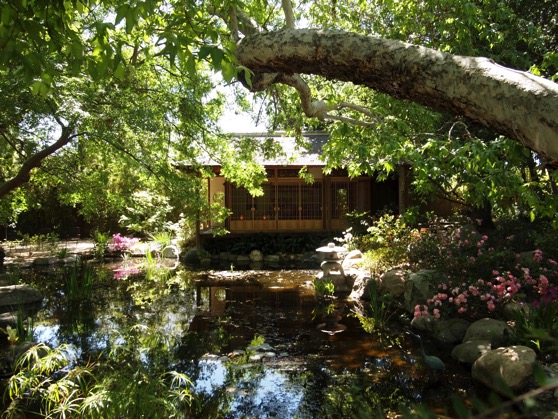The art and craft of the Japanese garden continues to thrive today after well over 1,300 years in Japan and for the last 150 years in various points west and east. It is difficult to define one reason for the almost instant endearment of these beautiful spaces, but for me, it has always been the Japanese garden’s ability to capture the essence of the greater natural world as well as its ability to adapt to almost any type of site and topography. Most of us are only familiar with the Japanese garden in public-park settings, and while beautiful, these gardens would likely be far out of our range in terms of cost—and perhaps scale—to even be given a second thought as an option for our own homes. There are, however, elements of design within nearly all Japanese gardens that can be integrated into a non-Japanese garden with great success. The key is not to paint a Japanese face on your garden in an effort to make it look or feel authentically Japanese. Take cues, instead, from Japanese-gardening techniques to evoke the peace and tranquility that these gardens inspire. To do this, we will need to look closely at some of the elements of traditional Japanese-garden design.
Read Elements of a Japanese Garden via FineGardening
* A portion of each sale from Amazon.com directly supports our blogs
** Many of these books may be available from your local library. Check it out!
An interesting link found among my daily reading



